In this comprehensive guide, we will take an in-depth look at rubber seals and gaskets, examining their significance in various industries, exploring the various types available, and highlighting crucial factors to consider when making your choice. We will also provide valuable tips on maintaining these items and, importantly, how to know when they need replacing. Let’s dive in and unlock the untapped potential of rubber seals and gaskets for your industry!
Understanding Rubber Seals and Gaskets
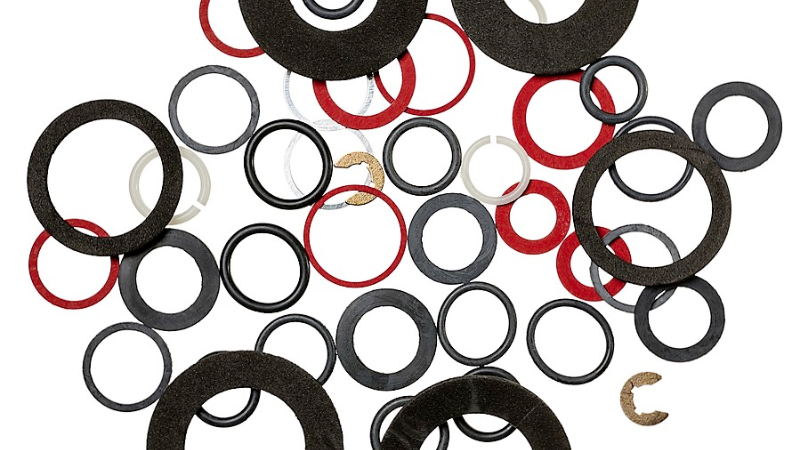
In oil and gas or any industry that involves machinery or systems that transport fluids or gases, rubber seals and gaskets play a pivotal role in ensuring everything runs smoothly. But what exactly are rubber seals and gaskets, and what functions do they serve?
Defining Rubber Seals and Gaskets
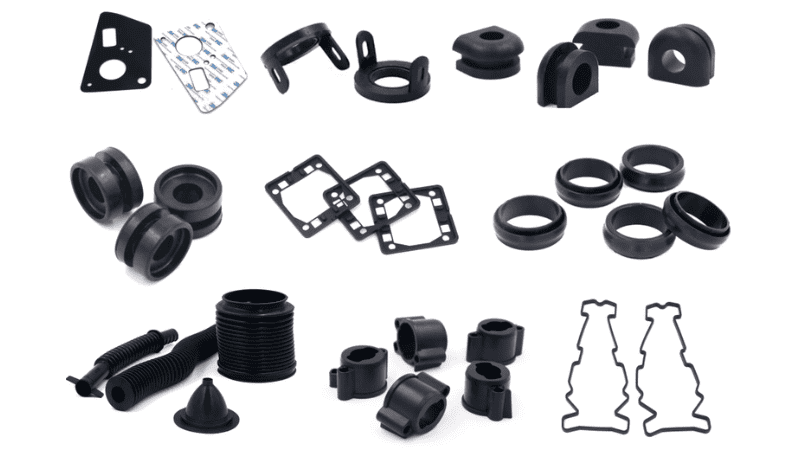
At their core, rubber seals and gaskets are flexible components designed to prevent the leakage of fluids or gases between two connecting parts of a system. They are made from various rubber materials, which give them the resilience and elasticity to withstand high pressure, high temperatures, and potential corrosive substances they might come into contact with.
The Essential Function of Seals and Gaskets
The primary function of rubber seals and gaskets is to maintain a tight seal between connecting parts, effectively preventing the escape or entry of fluids or gases. This is crucial for maintaining system pressure and efficiency, as well as preventing potential contamination in sensitive applications like food processing or pharmaceutical manufacturing.
Whether it’s a car’s braking system, a heating and cooling system in a building, or a food processing machine, rubber seals and gaskets contribute significantly to the overall performance and safety of the systems. Understanding the essential role of these components is the first step in selecting the right ones for your industrial applications.
Types of Rubber Materials for Gaskets and Seals
Rubber gaskets are essential components used in various industries to provide a reliable seal between two surfaces. Different gasket materials can withstand different pressures, temperatures, and other factors, such as moisture, chemicals, and oxidation. Sometimes finding the perfect seal isn’t going to happen. Finding the best possible sealing material is the key. They offer distinct properties that make them suitable for specific applications. Here, we will explore the common types of rubber gasket materials.
Natural Rubber(NR)
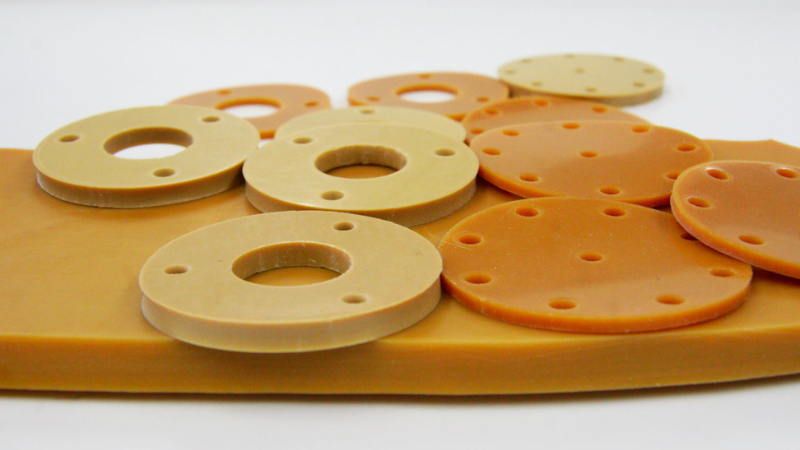
Natural rubber offers excellent mechanical properties, including high elasticity and tensile strength. It’s highly resistant to abrasion and tear and is often used in applications involving dynamic stresses. However, its resistance to heat and oil is quite limited.
Nitrile Rubber (NBR)
Nitrile rubber is known for its excellent oil and fuel resistance. It also provides good resistance to heat, wear, and abrasion, making it an ideal choice for sealing applications in the automotive and industrial sectors.
Silicone Rubber
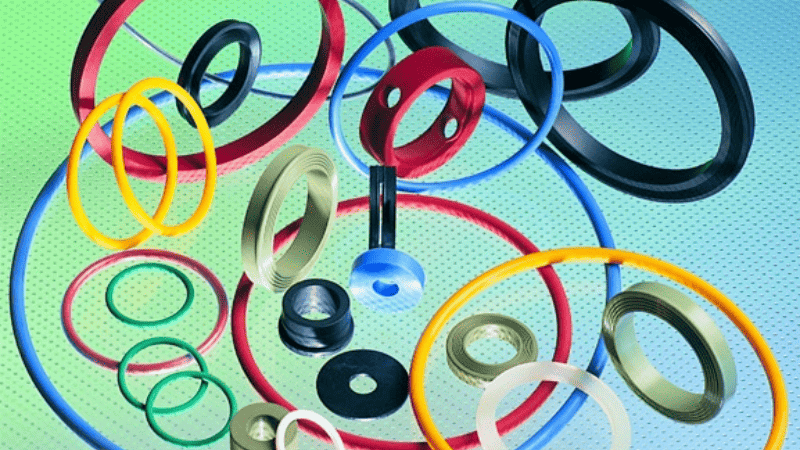
Silicone rubber provides superb resistance to high and low temperatures, ozone, and UV light. Although not as strong as other rubber types, its non-reactive nature makes it suitable for medical and food-related applications.
Fluorocarbon Rubber (FKM)
FKM rubber offers excellent chemical and heat resistance. It’s highly valued in the aerospace, automotive, and energy industries where components need to withstand harsh conditions.
Ethylene Propylene Diene Monomer (EPDM)
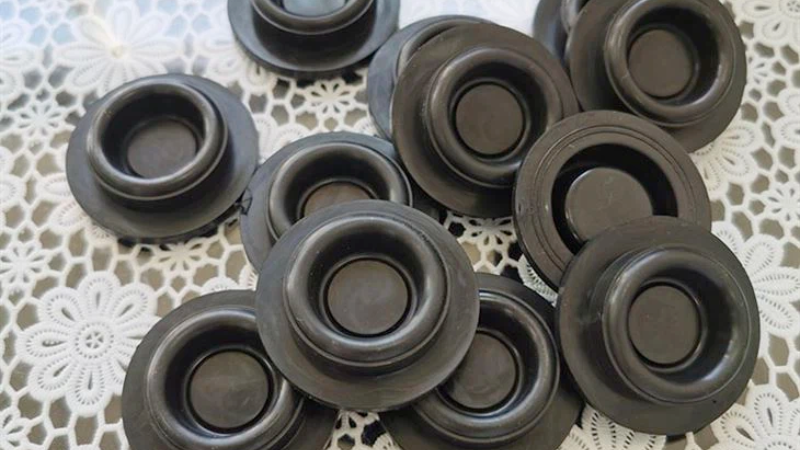
EPDM is characterized by its superior resistance to ozone, weathering, and aging. It’s extensively used in outdoor applications and for sealing hot water and steam.
Choosing the right gasket material is crucial as it ensures optimal performance based on environmental conditions. The importance of selecting the right material for your seal or gasket cannot be overstated. The wrong material can cause a seal or gasket to fail resulting in equipment damage, production delays, shorter product life, or even injury. Material selection should always begin with an assessment of the application in which the seal or gasket will be utilized to ensure it meets your specific needs.
Choosing the Right Gasket or Seal for Your Specific Application
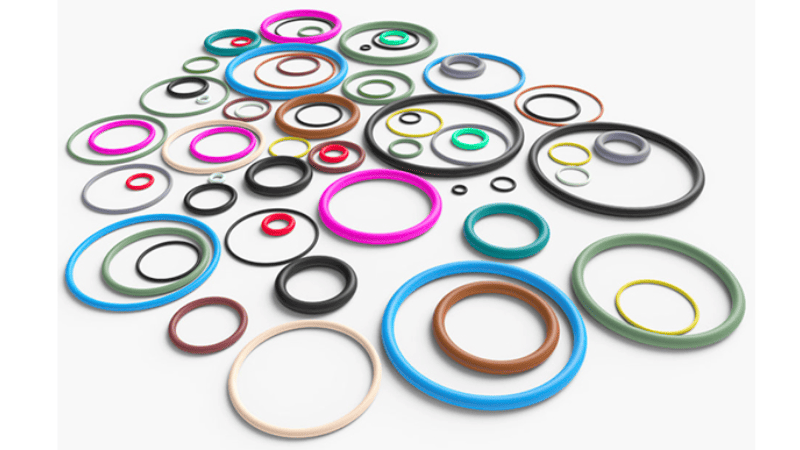
When selecting a rubber seal or gasket for your specific application, there are several important factors to consider. These factors will ensure that you choose the right material that can withstand the demands of your particular environment.
- Temperature Range and Pressure Requirements:
- Evaluate the temperature range in which the seal or gasket will be exposed.
- Consider the pressure requirements of your application.
- Choose a material that can handle both the temperature and pressure conditions effectively.
- Chemical Exposure:
- Assess the compatibility of the seal or gasket material with different fluids and gases it may come into contact with.
- Determine if there will be exposure to any chemicals or corrosive substances.
- Select a material that is resistant to chemical degradation.
- Operating Conditions:
- Evaluate any specific operating conditions such as vibration, UV exposure, or mechanical stress.
- Ensure that the chosen seal or gasket material can withstand these conditions without deteriorating.

By carefully considering these factors, you can make an informed decision when choosing rubber seals and gaskets for your specific application. This will help ensure optimal performance, longevity, and reliability in your equipment or machinery.
Remember, selecting the right rubber seal or gasket is crucial for maintaining proper functionality and preventing leaks or failures. Take into account temperature range, pressure requirements maximum temperature, chemical exposure, and operating conditions to find a suitable material that meets all these needs. With careful consideration and evaluation, you can confidently choose a rubber seal or gasket that will perform effectively in your specific application.
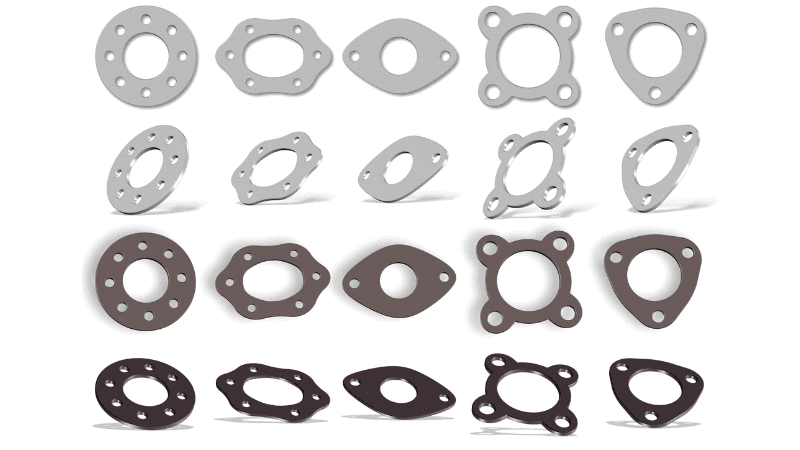
Tips for Maintaining and Replacing Rubber Seals and Gaskets
Rubber seals and gaskets, though often overlooked, play a crucial role in ensuring the optimal operation of various equipment and machinery. To extend their lifespan and ensure they continue to function effectively, it’s essential to understand how to properly maintain and replace these components.
Regular Inspection
Perform regular inspections of your rubber seals and gaskets. Look for signs of wear, deformation, hardening, or cracking. These could be early indicators that the seal or gasket is failing and needs replacement.
Use Appropriate Cleaning Agents
Some cleaning agents can cause the deterioration of rubber materials. Always ensure the cleaning agents used are compatible with your specific rubber material. Avoid using harsh chemicals that can degrade the rubber.
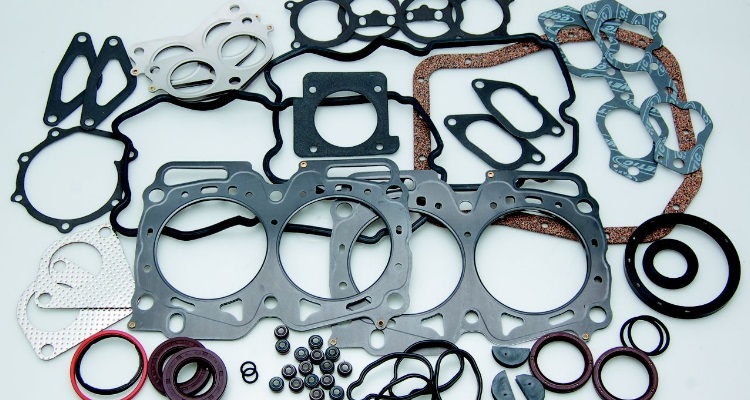
Avoid Over Compression
Over-compressing a rubber seal or gasket can cause it to deform, leading to leaks or failures. Ensure the seal or gasket is correctly fitted and that there’s sufficient compression to create a seal without deforming the component.
Temperature and Storage
Extreme temperatures can degrade rubber material. Therefore, when not in use, rubber seals and gaskets should be stored in a cool, dry place away from sunlight, ozone, and extreme temperature changes.
Regular Replacement
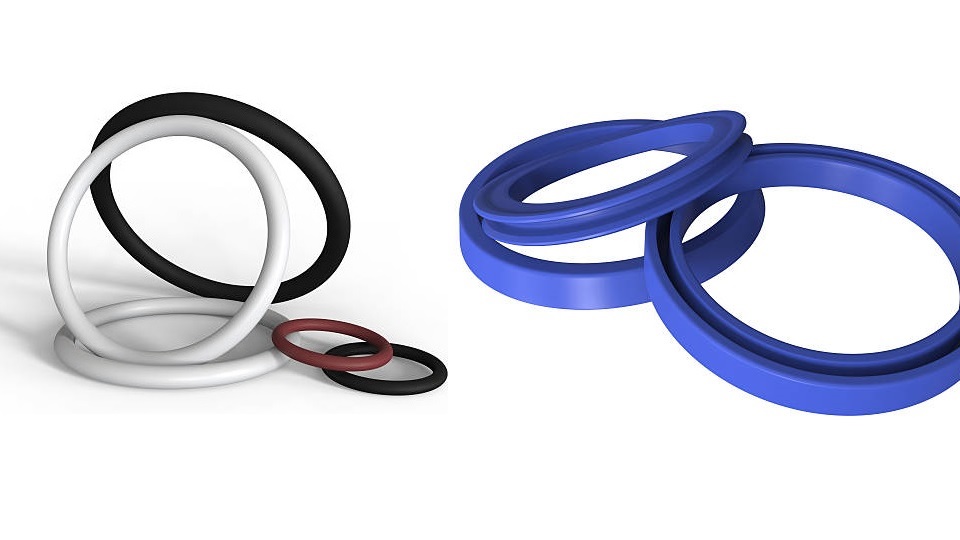
Even with optimal maintenance, rubber seals and gaskets have a finite service life. It’s important to have a regular replacement schedule based on the manufacturer’s guidelines or the specific demands of your application.
Seek Professional Assistance
If you’re uncertain about the state of your gasket or seal, seek advice from your manufacturer. They possess the necessary expertise to guide you on maintenance or when a replacement is necessary.
Maintaining your rubber seals and gaskets can greatly increase their lifespan and the overall effectiveness of your machinery. Always remember, proactive maintenance is far cheaper than reactive maintenance.
Conclusion
Choosing the right rubber seals and gaskets is a crucial aspect of maintaining operational efficiency and reliable performance in your industry. By understanding their differences, materials used, and essential maintenance tips, you can make an informed choice that fits your specific application needs, thereby improving performance and reducing maintenance costs.
Hongju Silicone: Trust Us for Top-Quality Rubber Seals and Gaskets
Partnering with Hongju Silicone means benefiting from our expertise and commitment to quality. We offer a broad range of rubber seals and gaskets to meet diverse industrial requirements.
Our team of technical specialists, design engineers, and industrial experts has created custom gaskets, and our experienced team can provide guidance on selecting the appropriate material for your application.
Take the First Step:
Requst for an Inquire
Quality Meets Affordability. Inquire Now for High-Quality Products at Low Volumes.